BY NATE HAKEN AND PATRICIA TAFT* Ondo state has a population of approximately 3.44 million according to the most recent census (2006). The majority are of Yoruba descent, with a sizable minority of those from Ijaw subgroups, particularly along the coast. Ondo derives most of its revenue from the production of cocoa, palm oil, rubber, […]
Tag Archives: Conflict Bulletin
Conflict Briefing: Warri South West, Delta State
- 06 May 2015

BY HANNAH BLYTH* The Export Processing Zone (EPZ) is located in the vicinity of Ugborodo Community, Warri South West, Delta State. Also known as the Gas Industrial City Project, the EPZ is a $20 billion initiative by federal and state governments which would house a major industrial gas hub, and petrochemical, methanol, and fertilizer plant […]
Conflict Bulletin: Cross River State – Patterns and Trends, 2012-2014
- 05 May 2015

BY NATE HAKEN AND PATRICIA TAFT* To the southeast of Nigeria, the coastal state of Cross River is home to approximately 2.9 million people (2006 census), predominantly of Efik, Ejagham and Bekwarra background. One of the fastest growing states in Nigeria, Cross River is endowed with vast mineral resources, plentiful arable land, and a growing […]
Conflict Bulletin: Delta State – Patterns and Trends, 2012-2014
- 05 May 2015
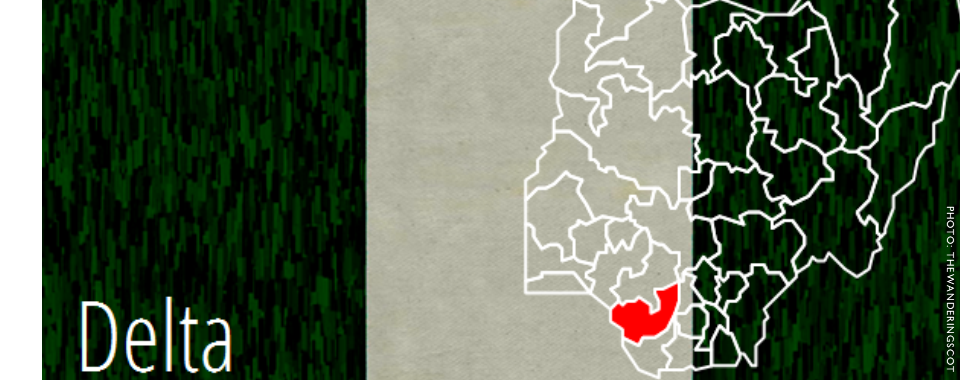
BY NATE HAKEN AND PATRICIA TAFT Delta is the second most populous state in the Niger Delta, with an estimated 4.1 million people. The state produces about 35% of Nigeria’s crude oil and a considerable amount of its natural gas. It is also rich in root and tuber crops, such as potatoes, yams, cassava, and […]
Conflict Bulletin: Abia State – Patterns and Trends, 2012-2014
- 30 April 2015
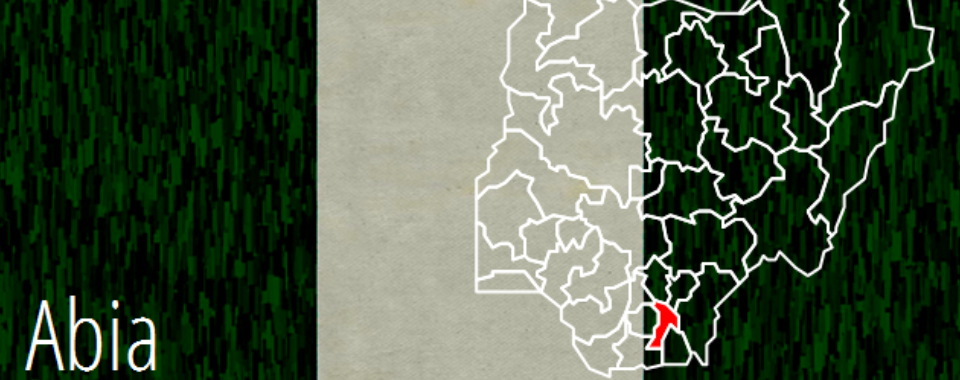
BY NATE HAKEN AND PATRICIA TAFT* Abia State has an estimated population of 2.4 million, predominantly of Igbo origin. Comparatively, it has not experienced the levels of violence and insecurity that other states in the Niger Delta have over the time period analyzed. Abia produces about 27% of Nigeria’s crude oil and a significant amount […]
Conflict Bulletin: Akwa Ibom State – Patterns and Trends, 2012-2014
- 30 April 2015
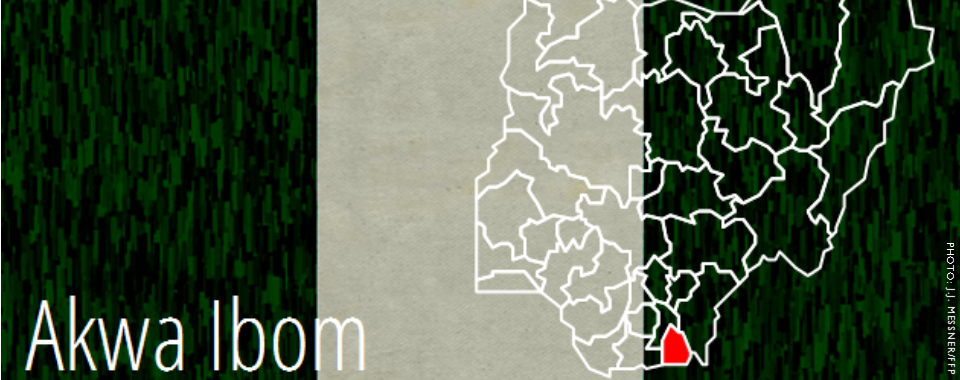
BY NATE HAKEN AND PATRICIA TAFT* Akwa Ibom has a population of about 3.9 million people according to the 2006 census. Predominantly inhabited by the Ibibio people, the state is also home to Annang, Oron, Obolo and Eket communities. Endowed with large deposits of crude oil, condensate and gas, Akwa Ibom is among the largest […]
Conflict Bulletin: Bayelsa State – Patterns and Trends, 2012-2014
- 30 April 2015

BY NATE HAKEN AND PATRICIA TAFT* With 2 million people, Bayelsa is one of the smallest states in the country, by population. Most are of Ijaw descent. Bayelsa produces between 30-40% of Nigeria’s oil and gas. In addition to the petroleum sector, the state has an extensive commercial fishing industry and produces oil palm, raffia […]
Niger Delta Election Violence Update: January-March 2015
- 24 March 2015

BY THE FUND FOR PEACE Following the party primaries in late 2014, political jockeying has continued between and among parties. The postponement of the elections originally slated for February 14, due to insecurity in the Northeast, appears to have raised the level of uncertainty. In some states, gangs and cult groups have taken sides. In […]
Conflict Bulletin: Rivers State – January 2015
- 26 January 2015
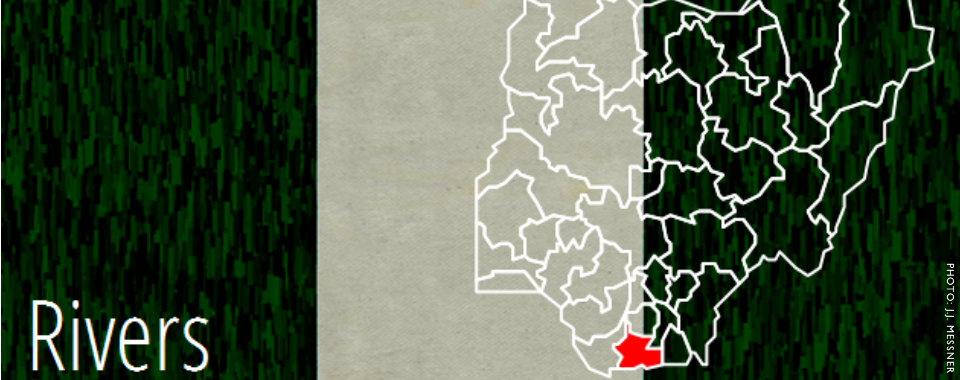
BY NATE HAKEN Among the largest of the oil-producing Nigerian states, Rivers had been at the heart of the Niger Delta militancy until 2009. Now the state remains beset with a different array of political, communal, and criminal issues, including cult and gang-related violence, protests, and kidnappings. Rivers is a pivotal state in the upcoming […]
Nigeria 2015 Elections Scenarios and Recommendations: Benue State
- 15 January 2015
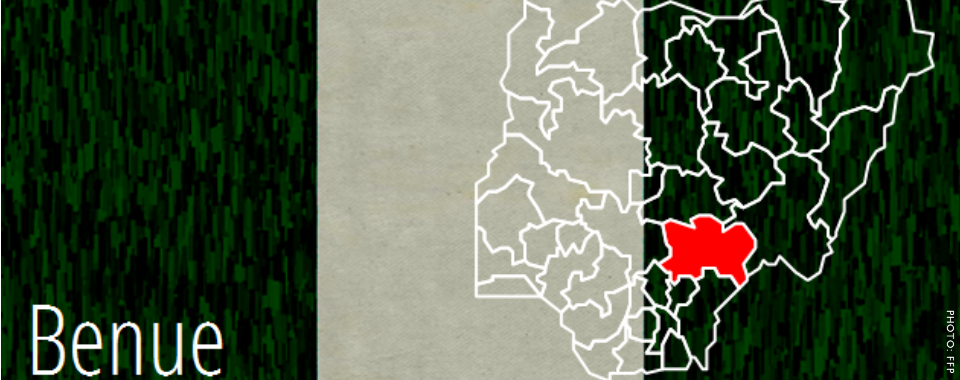
BY PEACE AND SECURITY WORKING GROUP Disclaimer: The following analysis is based on discussions with State-level actors and so reflects their perceptions, not the view of the Peace and Security Working Group. These scenarios were produced prior to the 2014 primary elections and are thus subject to change. Where relevant, updates have been made to […]
